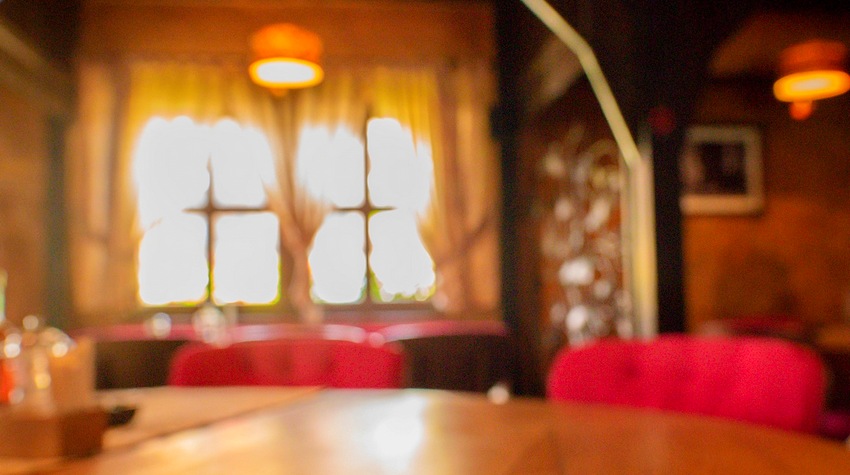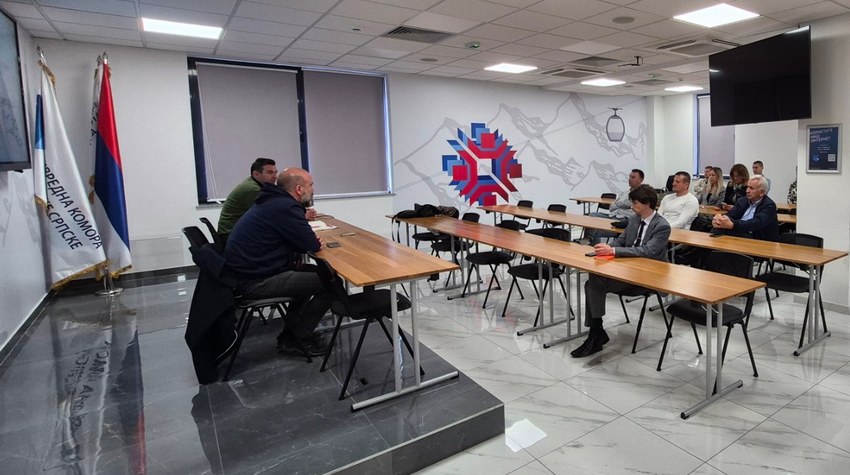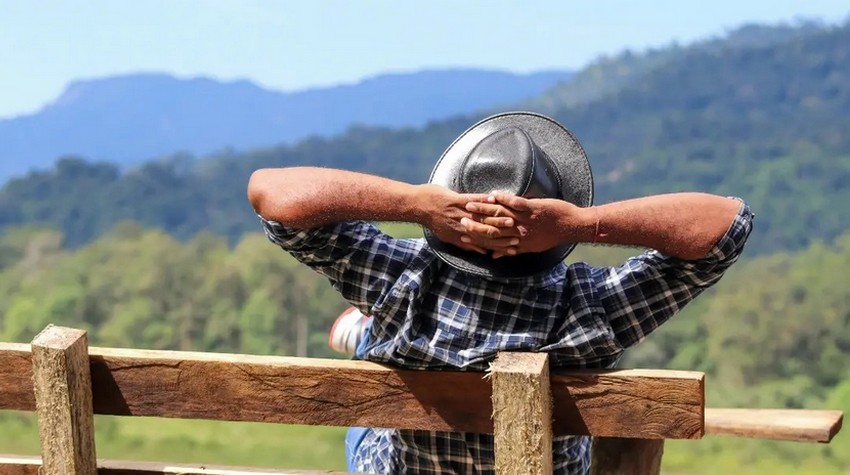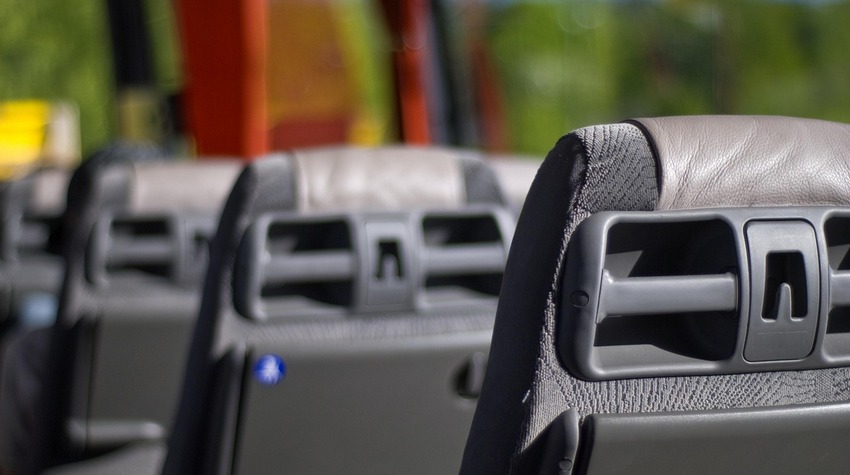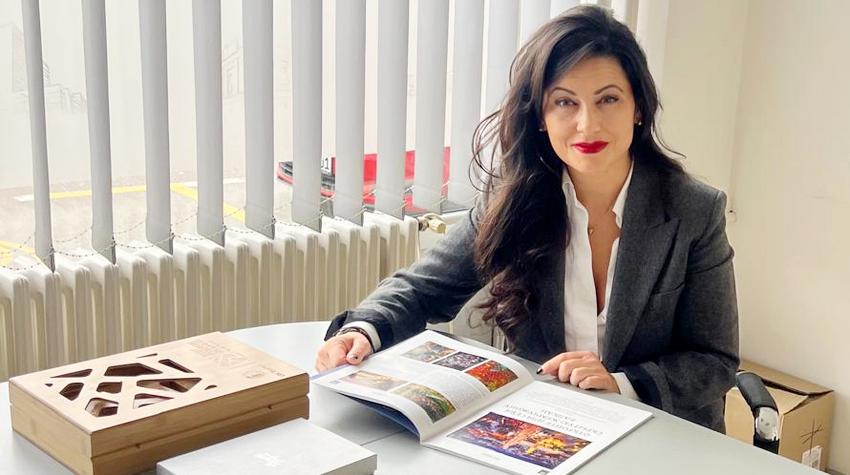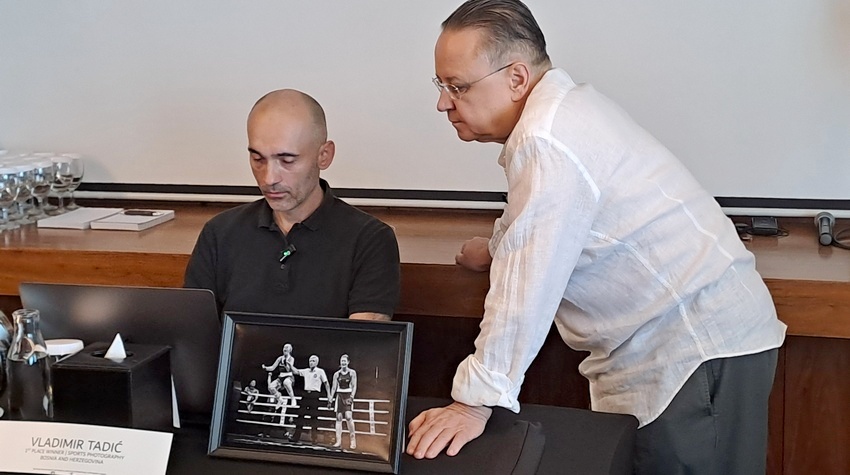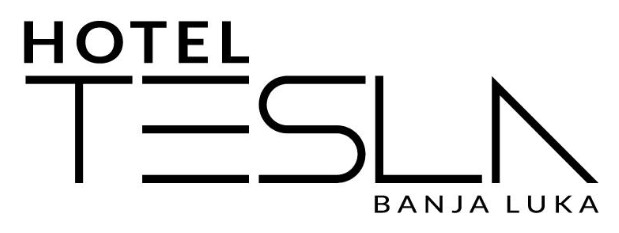DOBOJ DECLARES OZREN A PROTECTED NATURAL AREA
The City Assembly of Doboj has unanimously adopted a decision to declare Mount Ozren a protected natural area with sustainable use of natural resources. This marks a significant step in the ongoing efforts to preserve the mountain, which has in recent years drawn the interest of private mining companies.
In late April, the city enacted the first level of protection permitted by local government authority. Higher levels of protection, including the potential designation of Ozren as a national park, can only be granted by Republika Srpska’s government and institutions. According to the Spatial Plan of Republika Srpska, Ozren is already earmarked for protection at the national park level.
Stefan Gavrić, a member of Doboj’s City Assembly, stated that the city has taken all the steps within its jurisdiction.
“This means we’ve established the level of protection the city is authorized to declare. Now it’s up to the republican institutions, and we support Ozren being declared a national park, which is a much higher level of protection,” Gavrić told the media, as reported by Impuls portal.
The announcement has surprised local activists and residents, who have spent four years campaigning against mining on Ozren.
“The decision to declare Ozren a protected area with sustainable resource use came as a major surprise to me. While it represents the sixth level of protection, and the current Spatial Plan proposes a stricter, second level—national park—this still signals that local authorities recognize Ozren’s significance and acted within their legal capacity,” said Zoran Poljašević of the environmental organization Ozrenski Studenac from Petrovo.
Poljašević believes the decision may reflect the current political climate.
“I think the Doboj authorities made this move due to a complex political moment, which might also influence decisions by the Government and National Assembly. When public support becomes crucial for political legitimacy, such decisions can follow,” he added.
He emphasized that the decision is the result of persistent advocacy by local villagers and environmental groups.
“I’m almost certain that this outcome is due solely to the residents, based on the authorities’ usual attitudes toward environmental protection at both local and entity levels. Given that only about 3% of Bosnia and Herzegovina's territory is under any form of environmental protection, it’s clear that most of the country is treated as potential ground for extractive projects,” Poljašević said.
Although the decision brings Ozren a step closer to full protection, he warned it may not guarantee lasting preservation.
“Bosnia and Herzegovina has the lowest percentage of protected land in Europe, even 30 years after the war. That’s no coincidence—it reflects a systematic and ongoing policy of ‘development’ based on selling off both renewable and non-renewable natural resources. In such an unstable political climate, no decision can truly guarantee future outcomes,” he stated.
Still, he acknowledged the positive role of activism:
“This proves that civic engagement and activism can yield real results. If we want our vision of development to succeed, we must continue to actively monitor and participate in its implementation,” Poljašević concluded.
Back in April 2021, the Ministry of Energy and Mining of Republika Srpska issued a permit for detailed geological surveys for lead, zinc, nickel, copper, and associated metals in the area. The permit was granted to Medeni Brijeg, a company founded by Lykos Balkan Metals, registered in the same city. Since then, local residents have staged multiple protests and public forums opposing mining on Ozren.
Currently, only one part of Ozren enjoys formal protection—the Gostilj peak. In 2022, the Government of Republika Srpska declared it a protected habitat. The traditional harvesting of iva grass, held every September on Gostilj, was included on UNESCO’s Intangible Cultural Heritage list in 2018.
Source: Impuls Portal


